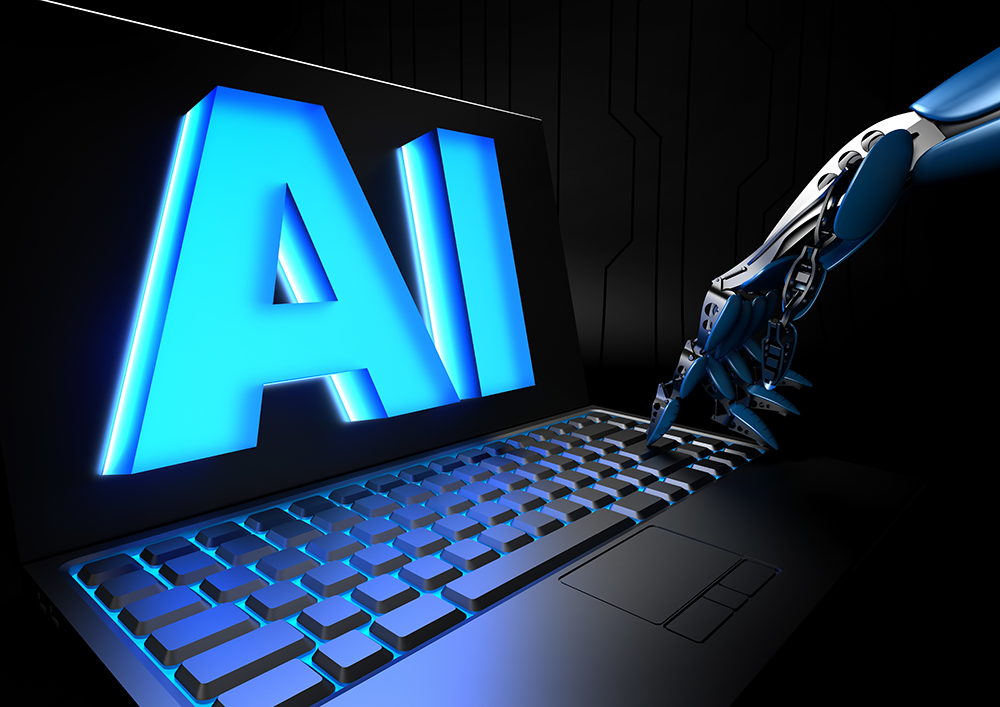Sudhir Juggernath, Head of Applications for Business Middle East and Africa for Orange Business Services, tells Intelligent CIO that chatbots and artificial intelligence are set to improve the experience of customers across the region.
The Middle East recognises the importance and potential of artificial intelligence (AI). The United Arab Emirates was the first and is the only country with a minister of AI and announced its own AI strategy 2031 that will see the country investing in innovation, technologies and tools, to improve government performance and efficiencies, saving 50% of annual costs – truly smart government.
But AI and machine learning are helping to revolutionise varied tasks in all kinds of industries and on the back of technologies like Robotic Process Automation (RPA) and chatbots, AI is rapidly expanding deeper into the business world.
With the growing acceptance of AI in the daily lives of consumers, there has been an increasingly widespread adoption of all types of AI-enabled devices and apps, from smart devices and drones to self-service kiosks and autonomous vehicles. It seems that people are becoming increasingly comfortable with AI and the benefits it can bring – particularly when it comes to customer experience.
AI is expanding in the Middle East but ‘regionalisation’ is important; if a natural language recognition system is used, a simple variation in pronunciation may have an impact on the interaction. For example, Arabic has long and short vowels: ‘Jamal’ means camel and ‘Jamaal’ means beauty. The AI application needs to be able to analyse the context of these words.
RPA transforming the customer journey
RPA (Robotic Process Automation) automates a range of business processes usually handled by humans, and its software helps streamline traditional rule-based activities within the customer journey.
According to the Deloitte RPA report 2017, RPA tools are best suited for processes with repeatable, predictable interactions with IT applications. RPA tools have the power to improve the efficiency of processes and the effectiveness of services without changing existing underlining systems.
Customer journeys can be relatively straightforward or complicated – they can be a single interaction between consumer and supplier or a continuously shifting, on-going process. There are pain points along the way but RPA can be a great tool in helping to overcome the challenges and deliver great benefits.
- Consistency – robots can deliver a consistent level of service to customers where interactions are handled efficiently, and error-free, at all times of day.
- A more holistic experience. RPA enables companies to research what customers want to see, hear, think and be told throughout their customer journey. RPA at key points can deliver a fast and intuitive experience.
- Intelligence-as-a-Service. Gartner analyst Tom Austin has predicted that cloud migration and the advent of Intelligence-as-a-Service will make AI available to everyone. Developers have had access to IBM’s Watson APIs since 2013, with 80,000 of them using the APIs to develop what IBM has called ‘self-service AI’, while Microsoft offers over 20 ‘cognitive services’, such as image recognition (‘computer vision’) and speech recognition.
Powering the next level of customer experience
Chatbots are central to transforming the customer experience, and more companies are embracing them as they look to address the growing need for an omnichannel customer service approach.
Chatbots possess cognitive technology, which lets them interpret customers’ text or voice inquiries and respond with accurate, automated answers that are designed to quickly resolve routine customer service issues.
Chatbots help companies cut response times while also providing a round- the-clock presence and ultimately improve the overall customer experience.
These virtual assistants now ‘know’ hundreds of thousands of data items about company offerings and in some instances are able to meet 99% of customer needs.
They can converse in multiple languages and utilise natural language, making handover between human agents and virtual assistants a seamless exercise. They also gather data that can give valuable insights into customer needs and free up human employees to work on more complicated tasks.
Powering the Fourth Industrial Revolution
RPA is quickly becoming recognised as the next step in automation. Cloud- based RPA uses machine learning to mimic user actions and map enormous quantities of data, learning and adapting as it goes.
It will therefore be able to take over a large number of time-consuming, error-prone duties such as purchase order processing, without the need for human touch or explicitly programmed instructions. RPA’s agility also means that its application and deployment can take just weeks or months instead of years.
According to Global Market Insights, RPA market share is forecast to exceed $5 billion by 2024, as organisations seek to enhance their capabilities and performance while also reducing operating costs.
According to Gartner research vice president Annette Zimmerman, in just a few years 25% of customer interactions will feature some element of virtual customer experience, or RPA-powered assistant, while Gartner also predicts that one-third of all jobs will be replaced by automation and smart machines by 2025. It is a technology whose time has come, as companies continue to drive a better customer experience for all.
Click below to share this article

